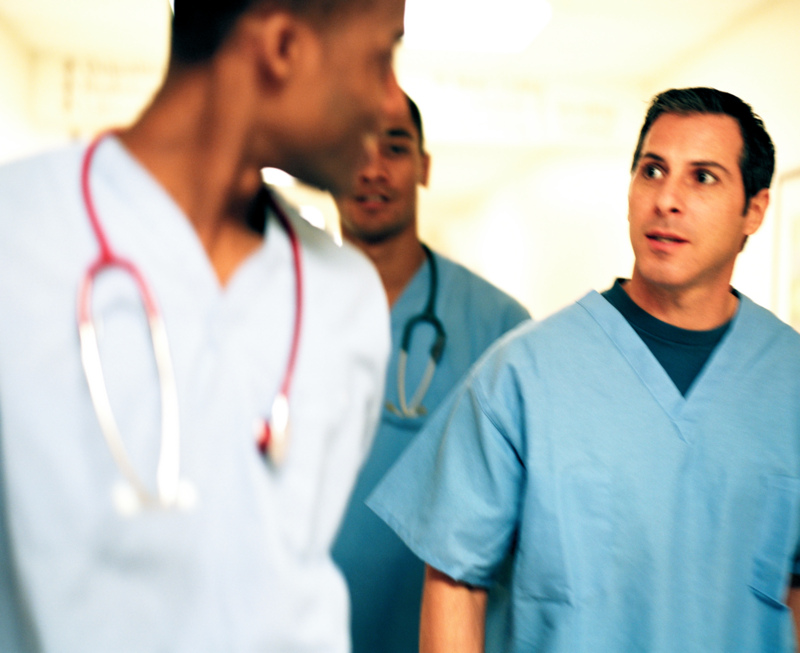
TUESDAY, April 8, 2014 (HealthDay News) — Weather-related power outages and snowstorms may increase the risk of potentially fatal carbon monoxide poisoning, a new study finds.
Carbon monoxide is a colorless, odorless and tasteless gas that can reach dangerous levels in unventilated areas and cause serious illness or death. Symptoms of carbon monoxide poisoning include headache, nausea and dizziness.
Researchers looked at data gathered by the Connecticut Poison Control Center after a 2011 winter storm that caused widespread power outages and a heavy 2013 snowstorm. There were 172 carbon monoxide poisoning cases associated with the 2011 storm and 34 cases with the 2013 storm.
Most of the cases occurred within the first day of the 2013 storm and on the second and third days of the 2011 storm. Indoor use of portable gas-powered generators, propane heaters/lanterns and charcoal grills were the most common causes of carbon monoxide exposure after the power-outage storm, according to the study in the May issue of the American Journal of Preventive Medicine.
“Adequate ventilation is a key component of carbon monoxide poisoning prevention,” lead investigator Dr. Kelly Johnson-Arbor, of Hartford Hospital’s department of emergency medicine, said in a journal news release.
“Following multiple reports of carbon monoxide exposures and fatalities after power-loss storms, there has been an increase in public health education regarding the importance of avoiding indoor use of generators and charcoal grills during a storm’s aftermath,” she added.
Car exhaust was the most common cause of carbon monoxide exposure after the heavy snowstorm. This occurs when car tailpipes become clogged with snow.
“Lethal concentrations of carbon monoxide can form in the passenger compartment of a snow-obstructed vehicle, even when the vehicle’s windows are opened 6 inches,” study co-author Dadong Li, from the hospital’s department of research administration, said in the news release.
“It is therefore important to counsel the public to examine their vehicles after snowstorms to ensure that the exhaust area is cleared of snow, prior to starting the engine,” Li said. “In addition, people should be advised to avoid sitting in running automobiles during and after snowstorms, unless the exhaust area has been completely cleared of snow, regardless of whether the windows are opened.”
The researchers also found that carbon monoxide poisoning can occur when large amounts of snow block home heating vents.
More information
The U.S. Centers for Disease Control and Prevention has more about carbon monoxide poisoning.
Copyright © 2025 HealthDay. All rights reserved.

